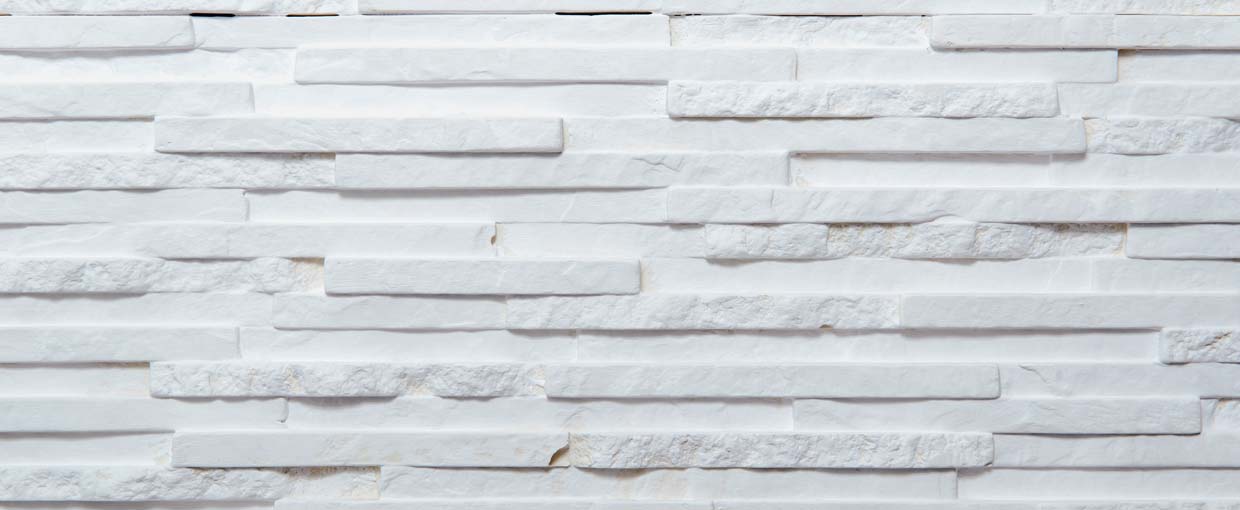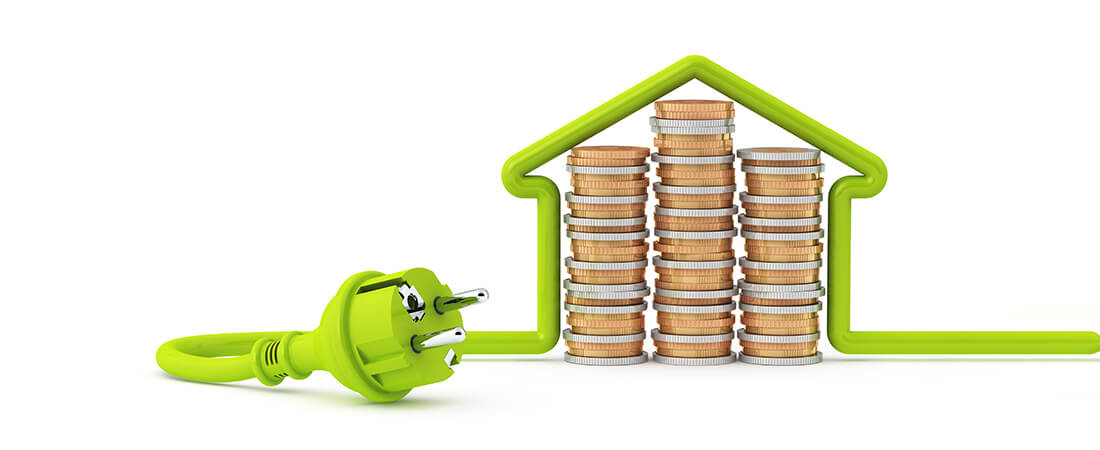
Do you Need to Use Gypsum Boards or Cement Boards?
Author: Gypsum Boards or Cement Boards
Have you ever wondered how construction looked like before gypsum board and cement board existed? Or wondered about how it all began for these light-weight boards that took construction business to the next level? Construction in the old days was not an easy task, that’s for sure! With respect to the consumption of time, manpower, and money, it was a miracle to stay in business!
Decades ago, both gypsum board and cement board started to gain popularity, and soon afterward, they took the world by storm. That was simply because the boards overcame all the flaws of conventional buildings. Both boards were incredibly practical, not only in small buildings but also in skyscrapers and high rises. Indeed, gypsum and cement boards have enabled architects and designers to go wild with their imagination and simply put it into action.
Now, that you know how advantageous both boards are, you should decide on what you really need…gypsum board or cement board?
In this article, we are going to introduce you to both kinds of boards so that you can decide what you need accordingly.
| Point of comparison | Cement board | Gypsum board |
|
Shape |
Come in panels |
Come in panels |
|
Composition |
Cement slurry and reinforced fiberglass mesh | Gypsum plaster pressed between two thick sheets of paper |
| Weight | Heavy panels | Light panels |
| Durability and impact-resistance | High | Less |
| Cutting method |
Needs a special saw and blade for cutting |
Easy cutting, with a utility knife |
| Uses |
|
|
|
Sound insulation |
Excellent | Excellent |
| Heat insulation | Excellent | Excellent |
| Resistance to fire | Excellent | Excellent |
| Resistance to mold | High | High in waterproof and water-resistant types |
| Resistance to water | Excellent | Only water-resistant types can tolerate water |
| Tiling | Can act as an underlay for tiles | - |
| Surface | One face is smooth and the other is rough (ideal for tiling purposes) | Papery and smooth |
| Curved surface | Easily manufactured for curved applications | Easily manufactured for curved applications |
| Do-it-yourself application | Difficult (you should seek professional help) | Easy |






